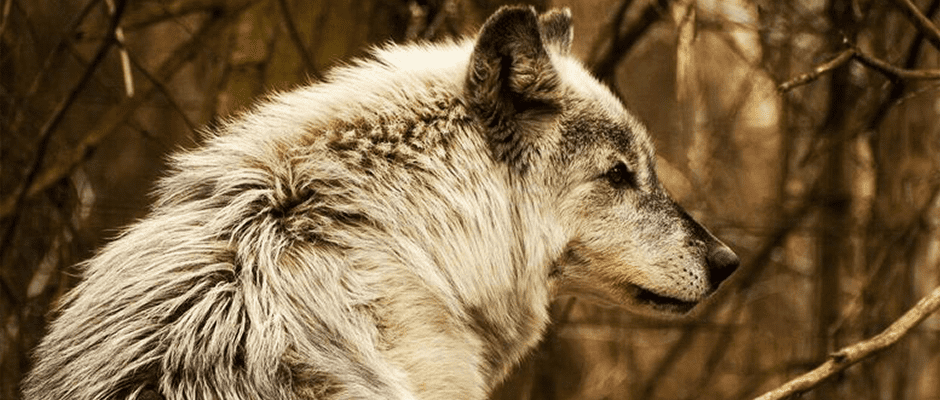Share this article
Delisted Gray Wolves Suffer Decreased Survival, Reproduction
Current conservation policies might not be adequately protecting gray wolves (Canis lupus) in the Northern Rocky Mountains, according to recent research.
A team of researchers found that the wolves, which were reintroduced to the area in the mid-90s and later delisted from the Endangered Species Act in 2012, are now facing decreased survival and reproduction as well as smaller pack sizes.
As part of a study published in the journal Science, researchers examined the impact of hunting on wolf decline and distribution. The species went from having full protection under the Act to dealing with heavy human harvest, said Scott Creel, an ecology professor at Montana State University and lead author of the study.
In addition, the researchers examined conservation policies that emphasize that high levels of harvest have little or no effect on wolves. While U.S. Fish and Wildlife policy statements regulating large carnivore hunting suggest that a harvest of about half of the wolf population won’t reduce their growth rate, the researchers found that an even lower harvest — 25 percent — could actually cause populations to decline. “They’re a social carnivore that lives in packs for a reason,” Creel said. “Adult mortality reduces pack size and causes the amount of cubs to go down.”
The research team suggests an update to the policy that takes this data into account. This updated policy should define an appropriate number of wolves that could be harvested, he said. “We need to recognize what the impacts of harvesting are on large carnivores. It’s not the same as it is for other harvested species.”
If policies are updated, the wolves will have a better outcome and role in the ecosystem, he said. “Things such as poaching and prey depletion are difficult to manage,” Creel said. “This is an easy thing to manage.”
Header Image: A gray wolf at the Bear Creek Exotic Wildlife Sanctuary. Image Credit: Dana Taramina








